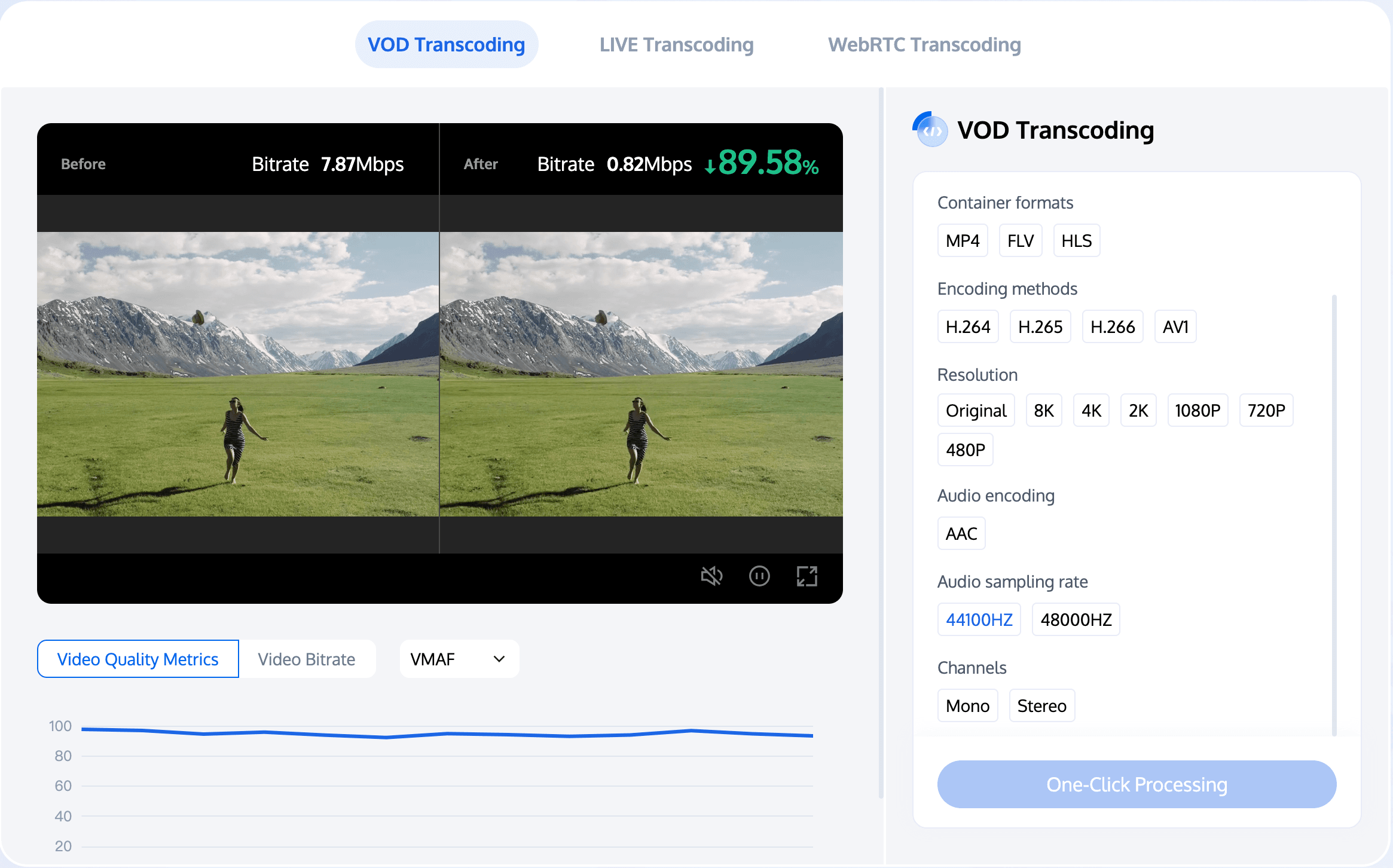What is H.264? | Advanced Video Coding (AVC) Explained
Since its inception, video technology has come a long way, evolving from bulky VHS tapes to sleek digital files. One of the most significant advancements in this evolution is the H.264 codec, also known as Advanced Video Coding (AVC). In this article, we will delve into what H.264 is, how it works, and its impact on the world of video streaming and storage.

What is H.264/AVC?
H.264, also referred to as MPEG-4 Part 10 or Advanced Video Coding (AVC), is a standardized video compression format developed by the Joint Video Team (JVT), a collaboration between the International Telecommunication Union (ITU) and the International Organization for Standardization (ISO)/International Electrotechnical Commission (IEC).
H.264 was introduced in 2003 as a successor to the popular MPEG-2 codec, which was widely used in DVDs and digital television broadcasting. The primary goal of H.264 was to provide better compression efficiency, improved video quality, and a wider range of features compared to its predecessor.
What is MPEG-2?
MPEG-2, introduced in 1995, was designed for applications such as digital television broadcasting, high-definition television, and digital versatile discs (DVDs). It provides efficient compression methods for interlaced video formats and supports various advanced features. MPEG-2 also specifies multiple levels of video coding to accommodate different application requirements.
What is MPEG-4?
MPEG-4, released in 1999, offers higher compression efficiency than MPEG-2, providing better visual and audio quality at the same bit rate. MPEG-4 also supports content-based interactivity and scalability, allowing video content to be customized according to user needs and bandwidth conditions.
How Does H.264 Work?
H.264 uses a combination of several advanced video compression techniques to achieve its goals. Some of these techniques include:
1. Block-based motion estimation and compensation: This technique involves dividing each frame into blocks and searching for similar blocks in adjacent frames. By predicting the movement of these blocks, H.264 can reduce the amount of redundant data that needs to be stored or transmitted.
2. Discrete Cosine Transform (DCT): DCT is a mathematical transformation used to convert spatial domain data (pixel values) into frequency domain data (coefficients). This transformation allows H.264 to identify and remove high-frequency components that are less noticeable to the human eye, thus reducing the overall file size.
3. CABAC(Context-based Adaptive Binary Arithmetic Coding)和CAVLC(Context-based Adaptive Variable Length Coding):These two techniques are used to entropy encode the video data to further compress the data volume. CABAC uses binary arithmetic coding to adaptively encode data based on context, while CAVLC uses variable length coding.
4. Interlacing and Deblocking filters: These filters are used to improve the visual quality of the compressed video by reducing interlacing artifacts and blocking artifacts, respectively.
Benefits of H.264/AVC
The adoption of H.264/AVC has brought numerous benefits to the world of video streaming and storage, including:
1. Digital television broadcasting: H.264 has replaced MPEG-2 as the standard codec for digital TV broadcasting, offering better picture quality and more efficient use of bandwidth.
2. Blu-ray discs: H.264 is the primary video codec used on Blu-ray discs, providing high-definition video content with excellent compression efficiency.
3. Video streaming services: Many popular video streaming platforms, such as YouTube, Netflix, and Hulu, use H.264 to deliver high-quality video content to their users.
4. Surveillance systems: H.264's low bitrate requirements make it an ideal choice for surveillance systems, where storage space and bandwidth are critical factors.

Applications of H.264/AVC
H.264/AVC has found widespread use in various applications, including:
1. Digital television broadcasting: H.264 has replaced MPEG-2 as the standard codec for digital TV broadcasting, offering better picture quality and more efficient use of bandwidth.
2. Blu-ray discs: H.264 is the primary video codec used on Blu-ray discs, providing high-definition video content with excellent compression efficiency.
3. Video streaming services: Many popular video streaming platforms, such as YouTube, Netflix, and Hulu, use H.264 to deliver high-quality video content to their users.
4. Surveillance systems: H.264's low bitrate requirements make it an ideal choice for surveillance systems, where storage space and bandwidth are critical factors.
In conclusion, H.264/AVC has revolutionized the world of video compression, offering improved efficiency, enhanced quality, and broader compatibility. Tencent MPS provides top-quality encoding methods, such as H.264, H265, H.266, and AV1. To experience the best of these methods, request a demo now! If you have any questions about our services, don't hesitate to Contact Us.

